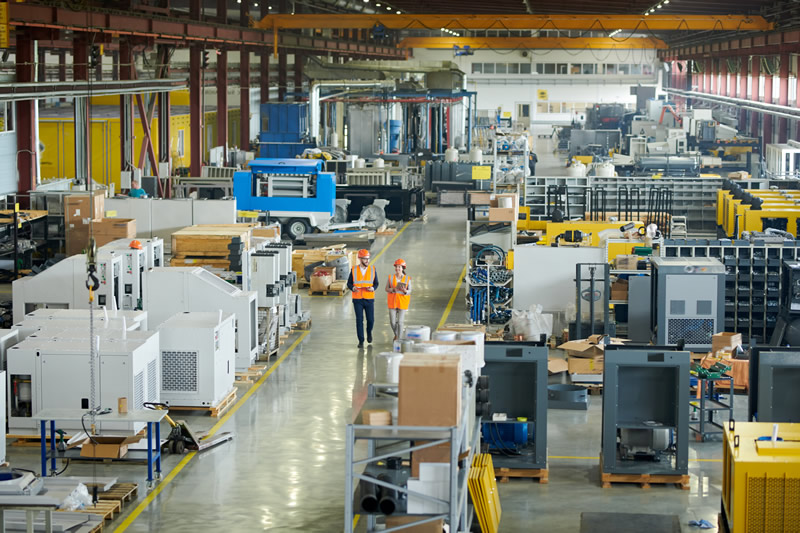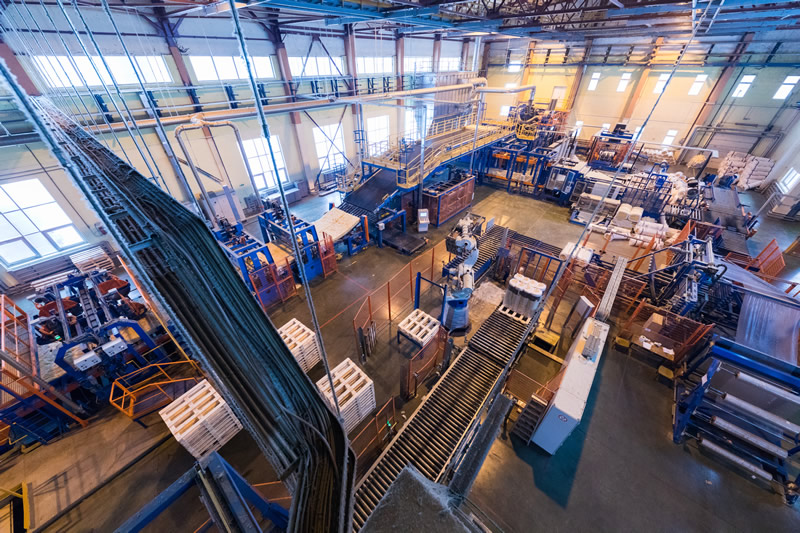The asset lifecycle refers to the stages through which a manufacturing machinery asset goes, from its acquisition to retirement. It encompasses the planning, acquisition, utilization, maintenance, and disposal of the asset. Understanding the asset lifecycle is crucial for effectively managing manufacturing machinery and optimizing its performance and value.


Let's explore the different stages of the asset lifecycle for manufacturing machinery:
- Planning and Acquisition: This stage involves identifying the need for a new manufacturing machinery asset and conducting a thorough evaluation to ensure it aligns with the business goals and requirements. During the planning phase, considerations such as budgeting, specifications, vendor selection, and installation logistics are considered.
- Installation and Commissioning: After acquiring the manufacturing machinery, the installation and commissioning phase begins. This involves physically setting up the asset, connecting it to power sources, integrating it into the production line, and performing initial tests and calibration to ensure it functions optimally.
- Utilization and Operation: Once the machinery is successfully installed, it enters the utilization and operation phase. The asset is actively used for its intended purpose within the manufacturing process. During this phase, regular monitoring of performance metrics, such as production output, quality, and efficiency, is crucial to ensure optimal utilization and identify any potential issues or areas for improvement.
- Maintenance and Repair: To maintain the machinery's performance and extend its lifespan, regular maintenance and repair activities are essential. This stage involves planned preventive maintenance, routine inspections, cleaning, lubrication, and calibration to minimize the risk of breakdowns or malfunctions. In case of breakdowns, prompt repairs and troubleshooting are conducted to minimize the impact on production.
- Upgrades and Enhancements: Over time, technological advancements may render certain features or components of the machinery outdated or less efficient. Upgrades and enhancements may be required to improve performance, comply with new regulations, or meet changing production demands. Such improvements can range from software updates and hardware retrofits to complete system overhauls.
- Decommissioning and Disposal: At the end of the machinery's useful life or when it becomes obsolete, decommissioning and disposal take place. This involves safely deactivating and removing the machinery from the production line, ensuring proper disposal of hazardous materials, and managing any environmental considerations. Asset disposal methods, such as selling, recycling, or scrapping, are determined based on the asset's condition and value.
Throughout the asset lifecycle, effective management practices, such as asset tracking, performance monitoring, and data analysis, can help optimize the machinery's performance, maximize its lifespan, and minimize downtime and costs. By understanding and actively managing the asset lifecycle, manufacturing organizations can make informed decisions regarding their machinery assets, ensuring efficiency, productivity, and return on investment.






